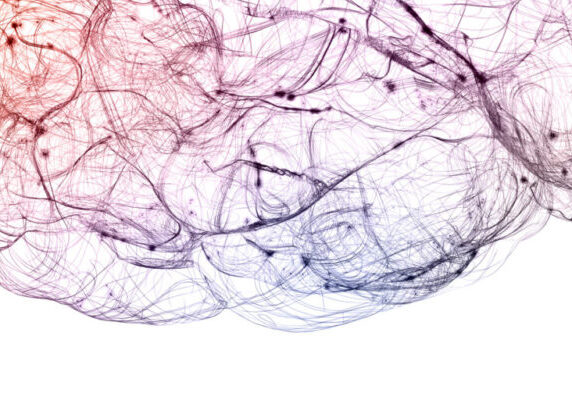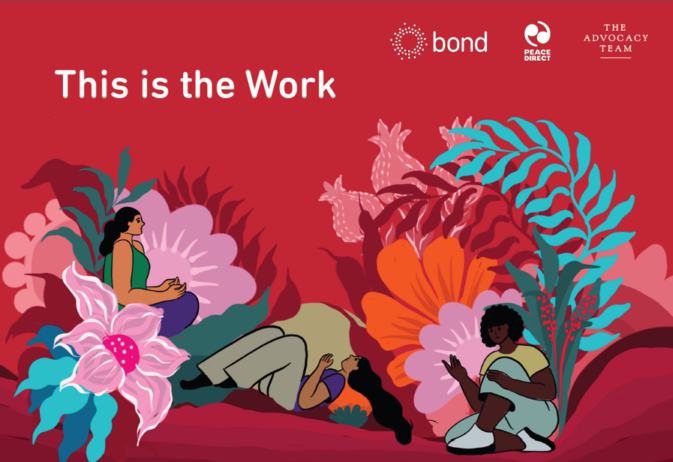4 projects taking a human-centred approach to international development storytelling
International development organisations face a challenge: how do you highlight impact while adapting to a new climate where “flies in their eyes” storytelling is increasingly seen by the public as an abuse of power?
Seeking to tackle precisely this issue some charities and NGOs are taking a more human-centered approach to their content. This means collaborating to address the power dynamic between organisation and client, helping people take control over how their stories are told, including them in the conversation about where content is distributed and showing people the respect their contributions deserve by paying them for their content.
The following organisations have made grassroots content their business, but there are insights to be gleaned from what they do, how they do it and the impact it has.
Photography links engagement and outcome
The 2004 Academy Award-winning documentary Born into Brothels highlighted photography as a medium for change. Photojournalist Zana Briski gave a group of children living in Kolkata’s slums, cameras and taught them about composition, colour, light and editing. The children captured their lives in ways that an outsider never could. Funds from selling their pictures paid for their education.
100 Cameras is a New York charity that builds on the idea that photography can empower and yield a financial return. 100 Cameras works with marginalised communities around the world to teach children that their stories, voices and perspectives matter. Children go through a custom storytelling curriculum that teaches personal development and basic photojournalism skills. 100% of proceeds from selling the prints directly fund the kids’ own medical, educational, and lifeline supplies.
Subscribe to our newsletter
Our weekly email newsletter, Network News, is an indispensable weekly digest of the latest updates on funding, jobs, resources, news and learning opportunities in the international development sector.
Get Network NewsCompensating people for their contributions goes a long way to rebalancing the power dynamic between organisations and the people they support.
Video revolutionising community media
Goa-based Video Volunteers evolved through various iterations of community-owned media into the award-winning India Unheard news network with over 200 paid community correspondents, who have produced over 5000 videos.
The idea of self-representation – of people speaking for themselves rather than being spoken for by politicians, experts or fly-in-for-a-day journalists.
Video Volunteers is collaborated with various NGOs on filmmaking workshops including Oxfam, UNDP and the Jericho Project. Video Volunteers is pushing international development film away from middle-class voiceovers describing what life is like for the emaciated, barefoot child walking. Their success shows that multiple voices add much needed richness to how we understand and address the issues people face.
Radio created by communities for communities resonates
Radio is an underutilised but incredibly powerful storytelling tool, that doesn’t require much equipment and lets people speak for themselves. In 2009 The Womanity Foundation and Radio Nisaa Broadcasting Company launched Radio Nisaa, the first women’s commercial radio station and website in the Middle East.
The station aims to challenge the male-dominated mainstream media narrative about what life is like for Palestinian women. Daily broadcasts are created collaboratively with organic content shared through social media, call-ins and vox pops.
Radio Nisaa now accounts for 15% of the radio listening audience in Palestinian Territories. By facilitating discussion Radio Nisaa is helping challenge perceptions, but in the way that Palestinian women want rather than trying to activate change from the outside.
Participating in crafting the narrative helps communities to engage
Art therapy is a well-used tool by various charities to support people. Canadian Art for Aids International uses creative workshops to teach children and young people about AIDS and encourage communities to take an active role in fighting HIV. During workshops participants produce collages which are then turned into limited edition prints. With their agreement these are exhibited in galleries, shown in the local school and sold online.
Displaying the artwork within the local community helps to build a connection between participation and results and spreads the impact beyond those who participated. Funds from the sold prints are ploughed back into projects that provide care for women and children affected by HIV and AIDS.
A human-centred approach
Done well civic content has the power to change the lives of the people who benefit, and establish organisations as truly invested in supporting people to speak for themselves and become self-sufficient. The rapidly expanding digital sphere and the ability for people to tell their own story makes it jarring for international development organisations to speak about people rather than with them. Given the public demand for authentic content it is in organisations’ interest to take a more human-centred attitude to their communications.
To discuss topics such as storytelling with others in the sector, sign up for Bond’s Communication working group.
Category
News & viewsThemes
Communications



